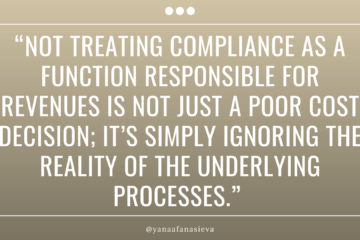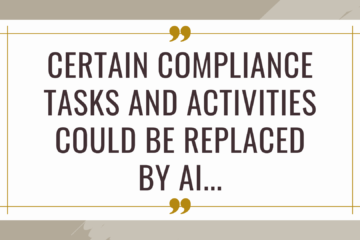Even the Best Compliance Tools Break or Produce Inconsistent Results… What Do You Do Then?
Today, I wanted to talk more about why FinTech startups and banks keep struggling with manual tasks around compliance. I mean, they have the resources, they hire smart people, they use the best tools… So, what is not working? 💭
Well, the reality is – with most compliance tools, things break or produce inconsistent data, such as:
- False positives scanning or otherwise inconclusive scanning alerts when you do not have enough data to dismiss or confirm the alerts.
- You see a lot of redundant or repetitive alerts over time because your scanning provider does not know what you did with previous alerts and keeps sending you things that you have dismissed before.
- Customers are inconsistent and send you details that don’t add up or match.
- You don’t have good automation and spend time on the interpretation of negative media news or external events (complaints, card declines, police reports received).
- You keep seeing failed automated tests, for example, due to poor internet quality, timeouts, light quality, language barriers, and other objective factors.
Usually, when some or all the aforementioned things happen, the compliance team will trigger a manual review, and the more customers you have and the more products you offer to them, the more manual reviews you need. Even with the best possible tools, it seems like automation is only partially possible, right?
Well, yes and no. 🤦🏻
There is a scalable and intelligent way to limit the amount, length, and complexity of your manual reviews which is – to learn from your past reviews and create a decision or prediction logic based on the data you already have and past decisions.
When is the right time to deploy machine-learning-based decisioning to automate some of the manual compliance processes?
- First, you must have historical transactional and customer data for at least 12 prior months (so that the algorithms can learn).
- It’s crucial to think about automation if your fraud detection is insufficient and you mostly discover fraudulent or suspicious cases manually or via partner escalations (because it’s too late).
- You will see the need to streamline your processes when multiple compliance and risk tools keep producing inconsistent results and don’t agree whether or not your customer is risky or not.
- You’ve come to the conclusion that you need some simple and basic transaction monitoring automation using tools and data you already have (because adding yet another tool feels counterproductive).
- You have already identified areas within your operations taking up too much time and resources and you want to optimize these processes (scanning and false positives reviews, fraud detection, manual approvals of unusual, large, or risky transactions or withdrawals requests, trading monitoring, risk reviews and risk categorization over time).
…otherwise, you KNOW you cannot scale.

